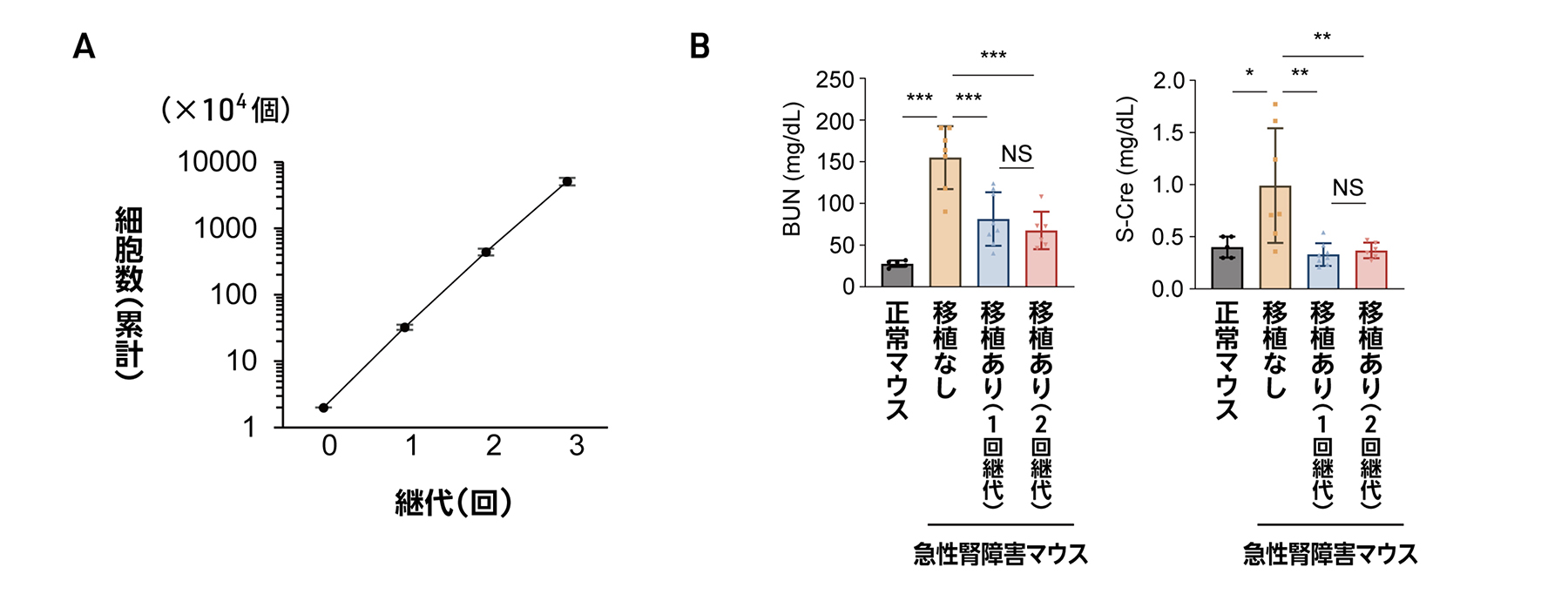2025-04-03 北海道大学
<関連情報>
- https://www.hokudai.ac.jp/news/2025/04/l-.html
- https://www.hokudai.ac.jp/news/pdf/250403_pr.pdf
- https://pubs.acs.org/doi/10.1021/jacs.5c00965
回帰的不斉転写法:アキラル銅触媒を用いたα-アミノ酸シッフ塩基の不斉1,3-双極性付加環化反応 Reflexive Chirality Transfer (RCT): Asymmetric 1,3-Dipolar Cycloaddition of α-Amino Acid Schiff Base with Nonchiral Copper Catalyst
Kazuhiro Morisaki,Yuto Furuki,Rento Kousaka,Serika Nagai,Yoshihiro Oonishi,and Yoshihiro Sato
Journal of the American Chemical Society Published: April 1, 2025
DOI:https://doi.org/10.1021/jacs.5c00965
Abstract

Although optically pure α-amino acids are ubiquitous, their chirality is usually lost during the α-C–H deprotonation. Consequently, precious chiral catalysis has been necessary to synthesize optically active α-tetrasubstituted unnatural α-amino acid derivatives, even when starting with optically pure α-amino acids. However, here, we report a catalytic asymmetric 1,3-dipolar cycloaddition that preserves the α-carbon chirality of α-amino acid derivatives. This process directly converts readily available optically active α-amino acid Schiff bases into optically active α-tetrasubstituted pyrrolidine derivatives without external chiral additives, despite the temporary loss of α-carbon chirality through the formation of planar 1,3-dipole intermediates. Mechanistic studies revealed that the α-carbon chirality of the α-amino acid Schiff base is transiently transferred to metal-centered chirality in enolates and subsequently restored as the carbon-centered chirality of the products. This conceptually novel “reflexive chirality transfer (RCT)” strategy offers a simple and cost-effective approach to optically active unnatural α-amino acid derivatives, addressing the current limitations of chiral pool synthesis.


